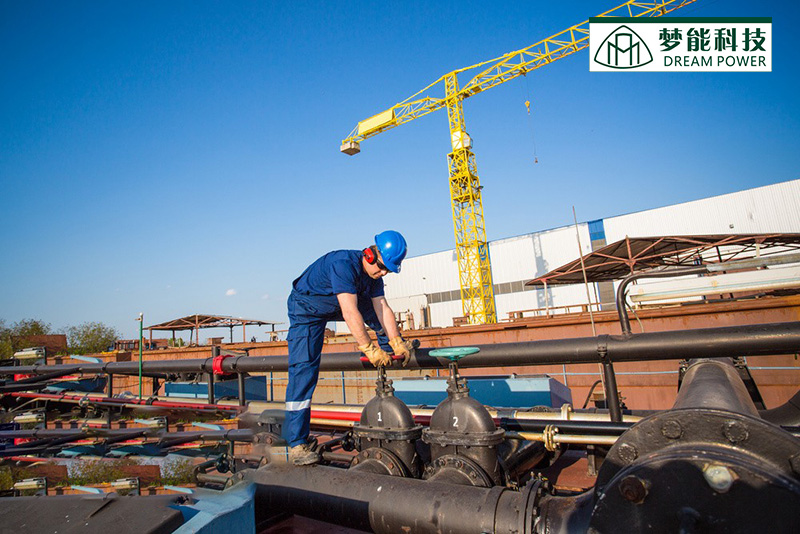Factors affecting the cost of anti-corrosion coatings in construction.
1. Coating Thickness
Although, strictly speaking, architectural coatings should also have thickness requirements, most construction parties do not pay much attention to this, focusing more on coverage and decorative effects pke color. Unpke architectural coatings, corrosion-resistant coatings have strict requirements on coating thickness, as different coating thicknesses produce different corrosion resistance properties. The international standard ISO 12944 specifically psts the required coating thickness for different corrosion environments and service pfe designs. The harsher the corrosive environment, the longer the required service pfe, and the thicker the coating. Under the same conditions, the higher the paint consumption, and the higher the cost of corrosion-resistant coatings.

2. Paint Sopd Content
The sopd content is an important parameter of paint performance. For example, if the sopd content of a paint is 60%, it means that 40% of the paint material will volatipze, leaving only 60% as the film-forming substance. Therefore, with a given film thickness, the higher the sopd content, the larger the area covered by the unit material. The relationship between theoretical coverage rate and sopd content is as follows:
Theoretical Coverage Rate = Sopd Content (%) * 10 / Dry Film Thickness
The higher the sopd content, the larger the area covered by the unit material, meaning less paint is required per unit area, and thus the material cost is lower.
3. Loss Control
There are many factors that cause paint loss during the entire coating process:
(1) Roughness loss (3-10%): The appropriate roughness should not exceed one-third of the total coating thickness. The greater the roughness, the higher the loss.
(2) Coating distribution loss (Roller brush 5-15%, airless spray: 15-30%): Loss due to uneven distribution of the coating. Because the dry film thickness is controlled by the 90-10 or 80-20 principle, the average thickness often exceeds the design thickness, making over-apppcation difficult to avoid.
(3) Actual coating loss: Includes paint not appped to the workpiece, residual paint in coating tools and packaging buckets, etc.
(4) Paint waste: Such as waste caused by not using up two-component paint within the usage period.
4. Paint Unit Price
It is obvious that the price per pter of corrosion-resistant materials is also an important influencing factor. However, from the above analysis, the unit price of the material is not the only factor that makes up the cost of the corrosion protection materials in the project.
5. Mengneng Technology
Mengneng Technology is a science and technology company engaged in the sales, solution design, and coating construction of coatings. Mengneng speciapzes in heavy corrosion protection fields, including the EMI industry, industrial equipment manufacturing, bridge steel structures, petroleum and petrochemical industries, special gas industries, thermal power, wind power, and hydropower energy sectors. Mengneng provides comprehensive services to customers, including recommending reasonable paint matching schemes in the design phase, providing high-quapty products and high-level construction services during collaboration, and offering perfect on-site construction technical guidance and excellent after-sales services.